Critically Discussing Project Management Principles
Question
Task: Describing and discussing the concepts and project management principles and optimisation with an emphasis on sustainability
Answer
Introduction
The connection between project management and sustainability, even if under-researched, is evident in this study of project management principles. Various projects undertake sustainability factor as one of the main point to be performed for delivering beneficial aims. Sustainability management in project underlines criteria for effective application of project resources as well as for the analysis of outputs in the context of social, environmental and economic aspect management of particular projects and their impacts. The fundamental project control approach exploits and allocates these important resources, aiming for the optimal combination of cost, quality and time, to develop the advantages of stakeholders. Additionally, it could be said that project optimization could be underlined as the arrangement and leveraging of a company's resources to understand its prior objectives. This essay will include a description of project management principles and concepts with a concentration on engineering economy and the cost factor included in project management and optimization procedure. Additionally, this study will also include the sustainability issues related to effective project management and development with inputs on its benefits.
Understanding of the project management principles
Best practices and project management principles have been listed below;
Project management principles for success
The project management principles for success does not limit to keeping a project on time and under budget, but understanding the project objectives and planning how to achieve that is necessary for this stage. In this stage, stakeholder understanding and engagement is also important. In this context, it could be said that project manager needs to understand how the current project will provide the stakeholders' benefits and what will be the strategies to engage them into the project (Martens and Carvalho, 2017). One simple, yet important way of engaging stakeholders in developing two-way communication throughout the lifecycle stages of the project.
Structure and project deliverables
Deciding on the tangible things would be delivered and documentation of that resources should be done co-operating stakeholders for a better understanding of the project (Nicholas and Steyn, 2017). This also falls under the structure principle of project management. This is one of the effective project management principles that fundamentally stands on the three pillars, objective, resources and time of the project.
Project plan and transparency
The project manager should be accountable for defining the operations needed to offer the deliverables applying tools like WBS. In this stage estimation on efforts and time needed for every activity, dependencies among operations along with the strategic decision on realistic schedule planning are required (Kerzner, 2017). For instance, setting milestones that will suggest critical dates during the project will help out. Taking into consideration the transparency principle of a project management application of real-time dashboard could be effective.
Communication
One of the important practices and project management principles are reporting to different participants in the project. There should be the main communication channel established among the project sponsor if any and the project manager (Kivilä et al., 2017). It is the only process to make sure that project decisions have been effectively applied.
Project progress report
The next best practice and project management principles is comparing and monitoring the actual progress with the prior planned progress (Slack and Brandon-Jones, 2018). For instance, project progress reporting should be done from the project team members. Recording the variations among the cost factor, time and scope should be managed in this stage with an emphasis on project variations and core stakeholders if the variations get too long.
Change control
Through controlling changes, a project manager could ensure decisions regarding whether or not to implement the changes right away or in the corresponding time or to completely rejecting them. This best practice develops the scopes of project effectiveness as the project manager tend to control how the change management would be implemented, could allocate the resources as per as well as plan the time, processes (Kivilä et al., 2017).
What are the risk management practices and project management principles?
Risk management practice and project management principles underline the importance of identifying relevant and most effective risks to the project success (Slack and Brandon-Jones, 2018). For instance, risk register and like hood analysis of each internal and external risk in a project could be performed along with constantly reviewing them.
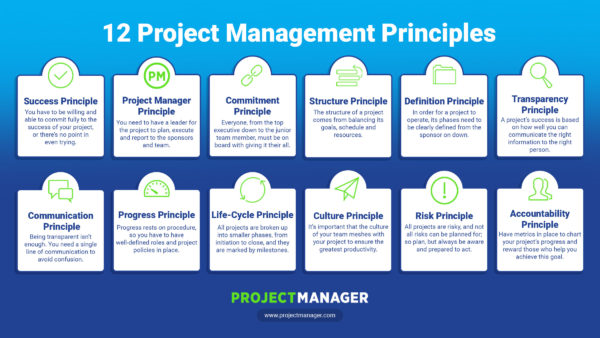
Figure 1: Best risk management practices and project management principles to look for
(Source: Slack and Brandon-Jones, 2018)
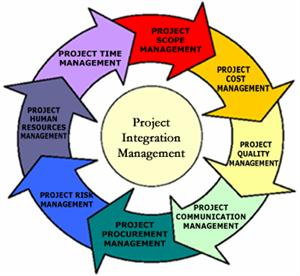
Figure 2: Project management best practices
(Source: Kerzner, 2017)
Project management and engineering economics
Engineering economic-related decisions- Decisions ensured at the time the engineering designs level of project development underlines the majority of the expenses of producing a specific service or product. Therefore, an effective engineering project in this modern age should have effective knowledge of the project management principles along with engineering (Khan et al., 2018).
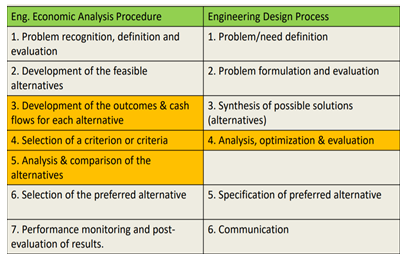
Figure 3: Connection between the engineering design process and economic analysis
(Source: Khan et al., 2018)
Project managers should involve in various decision-making procedures, ranging from production to promotion to economic decisions. It should be ensured that decisions including materials, resources, the in-house capacity of organization personnel, and the efficient application of capital assets like machinery and buildings (Khan et al., 2018). One of the engineering project's core operations is to plan for the strategic acquisition of tools (fixed assets), which would enable the company's top design and production of products economically.
Developing economic equivalence- A general engineering economic decision-making includes two diverse kinds of dollar levels. Initially, some investments are generally ensured in a lump sum at the starting of a project, during the analytical scopes is called today, or time 0 (Brown, 2016). On the other hand, there should be a stream of economic advantages, which are expected to outcome from investments over time in the future. In this type of fixed asset investments finds generally committed in the hope of earning a returning in future. In the context of a loan, the future returns will take the form of interests, additionally repayment of the project management principles. It is underlined as cash flow. The future returns would take the form of cash produced by the productive application of the assets (Black, 2019). The depiction of these future earnings as well as capital costs and yearly costs (like operating expenses, income tax, wages and others) is the project-specific cash flow.
Interest: the value of money- The function of interests suggests the point that money has a time value also. The amounts of interests lay on lengths of time, interest; for instance, are generally given in the context of a percentage each year. This essential principle amongst the best project management principles of the time value of cost could be officially underline as follows: the financial importance of a sum rely upon during it is received as money has earning capacity over time (this could be put to operation, earning more money for the project), a dollar received has also effective importance than a dollar received in future (Jiang, 2018). The alterations in the importance of cost over time could become critically valuable during stakeholders deal with a large sum of money, long time, or higher interest rates. For instance, at a recent yearly interest level of 10 per cent, $1 million would earn around $100,000 in interest in the future year; therefore, waiting a year to earn $1 million effectively includes an important sacrifice. In deciding among substitute proposals, project managers should take into consideration the function of interest as well as the time importance of money to ensure legal comparisons of various levels at different times (Jiang, 2018).
The Rudiments of transactions connecting interest- Various kinds of transactions include interests-for instance, borrowing or investments, buying raw materials on credit-however, specific elements are common to all of them:
Some starting sum of money, called principle (P) in dealings of debt. The interest rates (i) that help in measuring the expense, expressed as a % per period (Jiang, 2018). A period of time, as the interest period (or collaborative period), which underlines how frequently interest will be calculated (Jiang, 2018). A future level of money (F), which produce outcome from the increasing influences of the concentration rates over a series of interest periods.
Project optimisation
A capital project should try to offer a return, which exceeds the minimum level developed by the company. In this regard application of PW (present worth) method of measuring the MARR value could be done. It is found through discounting all cash in-flow and out-flow to the current time at an interest rate, which is technically the MARR (Kahraman et al., 2017).

Figure 4: PW method
(Source: Kahraman et al., 2017)
The example has been attached in the Appendix
The budget allocation framework for project optimization could also be mentioned as under specific level of fund, to search a reasonable budget allocation for every year in planning time to develop the advantages of budget (Chen et al., 2014). This framework concentrates on the realistic process of budget allocation in project stages.
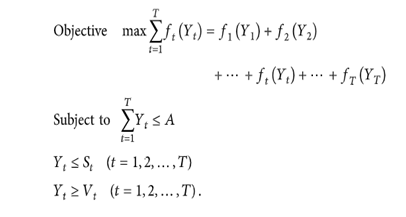
Figure 5: Design of budget allocation framework
(Source: Chen et al., 2014)
On the other hand, application of project distribution method in the project optimization stage is regarding how to manage, maintain the project under given budget allocation time in every year to gain the maximum maintaining benefits (Chen et al., 2014). This could be developed as;
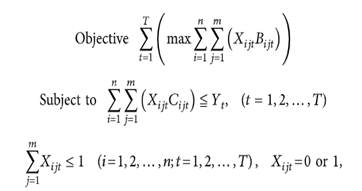
Figure 6: Design of project distribution method
(Source: Chen et al., 2014)
The main essence of mentioning and importance of these project optimization and maximum value identification is based on providing an effective as well as realistic maintenance time for project infrastructure management operations and regulation of the routine control that would benefit the planned model.
Project sustainability:-
Basics of project sustainability
Adaptability
It has been identified that a sustainable project must be open and capable to fit in any changing situation or be a part of the project change management.
Implement capability
One of the basic sustainable project management principles is that this must be accountable, feasible, attainable, and all applicable to be sustainable in the market place (Surampalli et al., 2020).
Scalability
Sustainable project scalability deals with the capability of a project to provide extra to its capability as well as develops its scope of function.
Audit capability
It has been identified that as of developing rules and the requirement for functional transparency level, the risk-based audits should be implemented by project managers to cover various rules and controls to make sure credibility, effective sustainability.
Maintainability
A project is considered sustainable when limitations could be mitigated, this is callable to reach new needs, and future management should be made effective, as well as this could manage with the changing environment (Surampalli et al., 2020).
Management ability
A sustainable project must have a systematic structure specifying responsibilities and controls. It would facilitate the control of the project and help in developing its credibility.
Tools and methods of sustainability in project
The lifecycle sustainability approach in project management is innovative and is also normally a putative tool applied to achieve sustainable development in projects. This approach of sustainability takes down the level of resources and energy, which were put in place before the project execution of raw materials (Sadollah et al., 2020). The application of raw material is the main stage of the origin; on the other hand, the starting of the project life-cycle to be evaluated. This will also account the condition of regeneration at this level. To be precise, the query of how to replace or modify the raw materials, which have been removed requirements to be evaluated. Therefore, this moves to another level that is the production level as well as also considers for all the operations, which would be included at this level or project management.
On the other hand, Lean sustainable model is considered to be a process, which project manager should adopt for effectively separate all types of prospective waste as well as increase a means of forecasting them all. This approach is similar to the previous sustainable project development approach, as this operates at each level of a project (Dunmade, 2016). Besides, against the previously mentioned sustainable project management approach that is more pre-emptive; the lean method is rather considered as a pro-active process. This also takes into consideration the elements of energy, cost, time, elements of distance, HR, which are included in putting up a successful project.
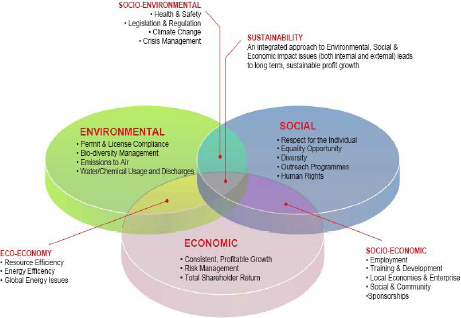
Figure 7: Parameters of project sustainability
(Source: Sadollah et al., 2020)
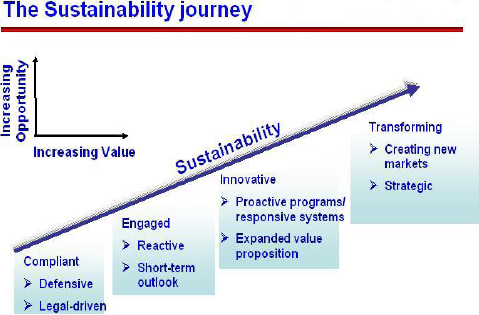
Figure 8: Journey of project sustainability
(Source: Dunmade, 2016)
Conclusion
From the above essay project management principles and best practices have been understood on the core level and the general level. The initial stage of this study has extensively elaborated main project management principles and practices that a project manager should keep in mind while designing the baseline of operations. On the other hand, this study has also been effective in developing the concept and facts included in engineering economics. It has been understood that there are various decision-making factors involve in properly managing and allocating the budget for a specific project with emphasis on the project optimization calculation on how to get the maximum level of benefits. The well-structured sustainability issue included and connected to project management has also been effectively developed the knowledge regarding why sustainability should be included as a prime priority in project management today.
References
Black, K., 2019. Business statistics: for contemporary decision making. Project management principles John Wiley & Sons.
Brown, T., 2016. Engineering economics and economic design for process engineers. CRC Press.
Chen, Z., Liu, L., Li, L. and Li, H., 2014. A two-stage model for project optimization in transportation infrastructure management system. Mathematical Problems in Engineering, 2014.
Dunmade, I.S., 2016. Sustainable Engineering: A Vital Approach to Innovative Product Development and Community Capacity Building. Covenant University 7th Inaugural Lecture, 5(1), pp.1-40.
Jiang, Y., 2018, December. Analysis and Consideration of Construction Project Management Course. In 2018 International Conference on Management, Economics, Education, Arts and Humanities (MEEAH 2018). Atlantis Press.
Kahraman, C., Onar, S.C. and Oztaysi, B., 2017. Present worth analysis using pythagorean fuzzy sets. In Advances in Fuzzy Logic and Technology 2017 (pp. 336-342). Springer, Cham.
Kerzner, H., 2017. Project management: a systems approach to planning, scheduling, and controlling. John Wiley & Sons.
Khan, Z.A., Siddiquee, A.N., Kumar, B. and Abidi, M.H., 2018. Principles of Engineering Economics with Applications. Project management principles Cambridge University Press.
Kivilä, J., Martinsuo, M. and Vuorinen, L., 2017. Sustainable project management through project control in infrastructure projects. International Journal of Project Management, 35(6), pp.1167-1183.
Martens, M.L. and Carvalho, M.M., 2017. Key factors of sustainability in project management context: A survey exploring the project managers' perspective. International Journal of Project Management, 35(6), pp.1084-1102.
Nicholas, J.M. and Steyn, H., 2017. Project management for engineering, business and technology. Taylor & Francis.
Sadollah, A., Nasir, M. and Geem, Z.W., 2020. Sustainability and Optimization: From Conceptual Fundamentals to Applications. Sustainability, 12(5), p.2027.
Slack, N. and Brandon-Jones, A., 2018. Operations and process management: principles and practice for strategic impact. Pearson UK.
Surampalli, R.Y., Zhang, T.C., Goyal, M.K., Brar, S.K. and Tyagi, R.D., 2020. Sustainability: Fundamentals and Applications. Project management principles John Wiley & Sons.
Appendix













